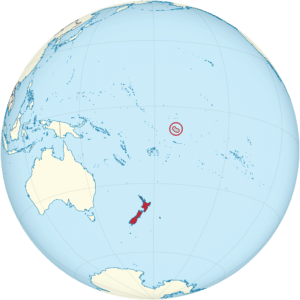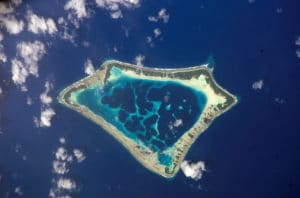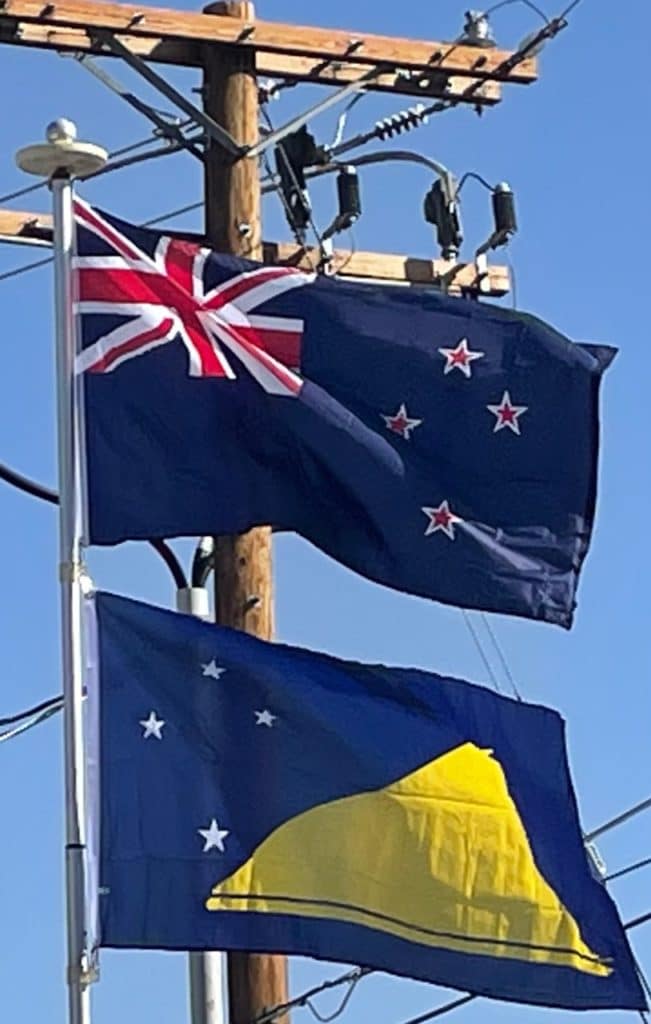Introduction:
Tokelau, known previously as the Union Islands, and, until 1976, known officially as the Tokelau Islands, is a dependent territory of New Zealand in the southern Pacific Ocean. It consists of three tropical coral atolls: (Atafu, Nukunonu, and Fakaofo). They have a combined land area of 10 km2 (4 sq mi). The capital rotates yearly among the three atolls. In addition to these three, Swains Island, which forms part of the same archipelago, is the subject of an ongoing territorial dispute; it is currently administered by the United States as part of American Samoa. Tokelau lies north of the Samoan Islands, east of Tuvalu, south of the Phoenix Islands, southwest of the more distant Line Islands, and northwest of the Cook Islands.

Tokelau has a population of approximately 1,500 people; it has the fourth-smallest population of any sovereign state or dependency on the world. As of the 2016 census, around 45% of its residents had been born overseas, mostly in Samoa or New Zealand. The populace has a life expectancy of 69, which is comparable to that of other Oceanian island nations. Approximately 94% of the population speak Tokelauan as their first language. Tokelau has the smallest economy of any sovereign nation, although it is a leader in renewable energy, being the first 100% solar powered nation in the world.
Tokelau is officially referred to as a nation by both the New Zealand government and the Tokelauan government. It is a free and democratic nation with elections every three years. However, in 2007, the United Nations General Assembly included Tokelau on its list of non-self-governing territories. Its inclusion on this list is controversial, as Tokelauans have twice narrowly voted against further self-determination, and the islands’ small population makes the viability of self-government challenging. The basis of Tokelau’s legislative, administrative and judicial systems is the Tokelau Islands Act 1948, which has been amended on a number of occasions. Since 1993, the territory has annually elected its own head of government, the Ulu-o-Tokelau. Before 1993, the administrator of Tokelau was the highest official in the government and the territory was directly administered by a New Zealand government department.
History:
Archaeological evidence indicates that the atolls of Tokelau – Atafu, Nukunonu, and Fakaofo – were settled about 1,000 years ago from Samoa and may have been a gateway into Eastern Polynesia.

The inhabitants embrace Polynesian mythology and the local god, Tui Tokelau. Over time, they developed distinctive forms of musical and art forms. The three atolls have historically functioned separately politically, while maintaining social and linguistic cohesion. Tokelauan society has been governed by chiefly clans, and there have been occasional skirmishes and wars between the atolls, as well as inter-marriage. Fakaofo, the “chiefly island”, held some dominion over Atafu and Nukunonu after the dispersal of Atafu. Life on the atolls was historically subsistence-based, with a diet that relied mainly on fish and coconut.
The first European to sight Atafu was Commodore John Byron, on 24 June 1765. He called the island “Duke of York’s Island”. Parties from his expedition who ventured ashore reported that there were no signs of current or previous inhabitants. Captain Edward Edwards, having learned of Byron’s discovery, visited Atafu on 6 June 1791 in search of the Bounty mutineers. They found no inhabitants, but saw that there were houses containing canoes and fishing gear, which suggested to them that the island was being used as a temporary residence by fishing parties from other, nearby islands. On 12 June 1791, Edwards sailed farther south, and sighted Nukunonu, naming it “Duke of Clarence’s Island”. A landing party that went ashore was unable to make contact with the inhabitants, but saw “morais”, burying places, and canoes with “stages in their middle” sailing across the island’s lagoons.
